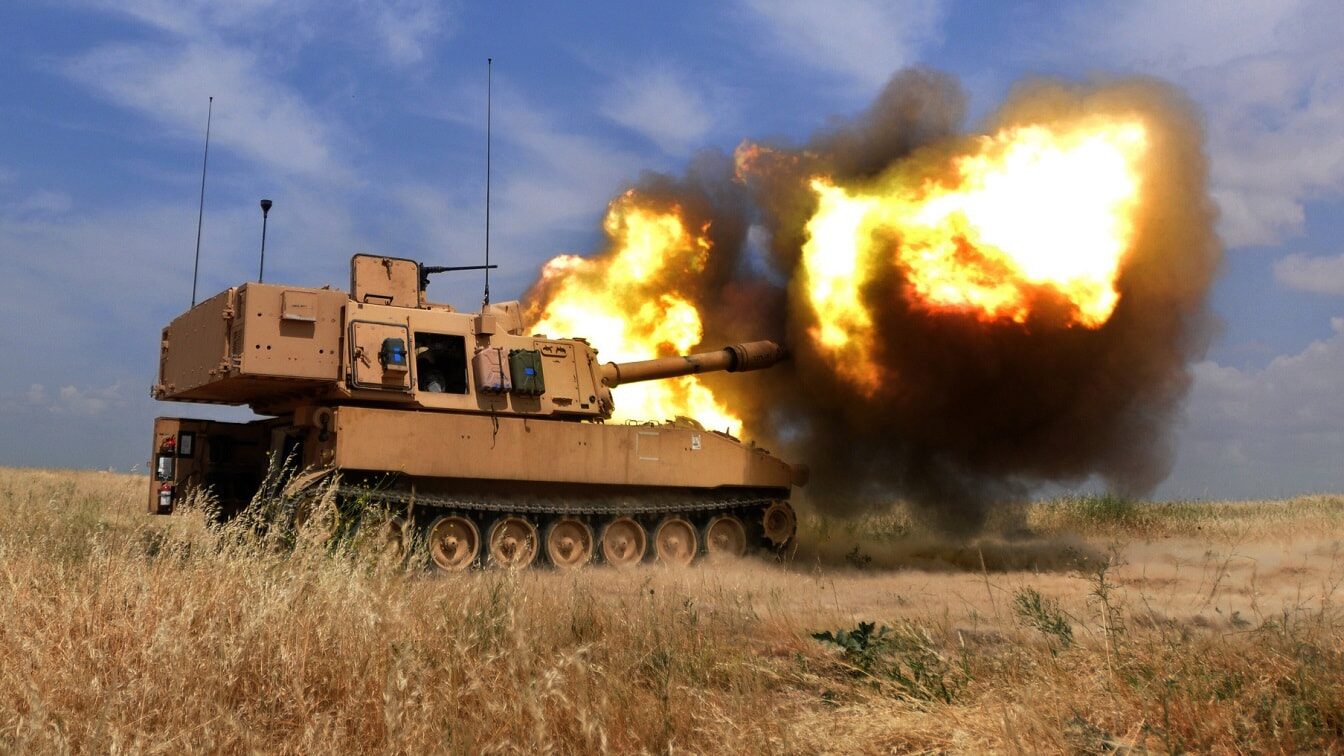Ukraine Claims Russia is Preparing a Southern Offensive while Kyiv Prepares its Own – In recent days and weeks, Ukrainian preparations for an offensive towards the Russian-occupied Ukrainian city of Kherson in the country’s south have increasingly picked up international attention. However, according to Ukrainian military leaders, Russia may be preparing an offensive of its own from the northern environs of Kherson and across other points of the wider southern front.
Ukraine’s Offensive Takes Shape
In late July, Ukrainian forces began targeting the three bridges which cross the Dnieper River close to Kherson which provide access to the city from the east. On July 27, the Antonovskiy Bridge, which connects the E97 highway to Kherson, was closed to pedestrian and vehicle traffic alike. Along with additional strikes on the Antonivskiy Railway Bridge, which destroyed the bridge, Ukraine is attempting to complicate Russian efforts to supply its forces fighting to the west and north of Kherson. However, Russia has begun to make use of pontoon bridges parallel to the old bridge to facilitate the flow of supplies and has claimed that it prevented further strikes on the bridge.
Since May, Ukrainian troops have liberated more than 50 settlements around Kherson, which some analysts have said is beginning to open the door for them to move towards the city of Kherson.
Battle for the South Picks up Steam
While Ukraine attempts to shape the battlefields of Ukraine for a future offensive, Ukrainian military leaders have also publicly expressed their belief that Russia may be planning an operation of its own. Since Russia’s withdrawal from northern Ukraine and the region around Ukraine’s capital of Kyiv, Russia’s invasion has largely been focused on fighting in Ukraine’s eastern Donbas region and making incremental gains there. However, it is increasingly apparent that a sizeable repositioning of Russian troops is occurring, which has seen troops previously posted to Donbas moving to the frontlines north of Kherson as well as on the southern approaches to the central city of Zaporizhzhia.
According to Ukrainian military commanders in the area, Russian troops were assembling in near Kherson and in the country’s south to either mount an offensive of their own or to counter Ukraine’s planned offensive. According to the General Staff of the Ukrainian Armed Forces, Russian troops were massing in the area north of Kherson to prepare for an offensive on the city of Kryvyi Rih, the hometown of Ukrainian President Volodymyr Zelensky. According to an analysis by the Institute for the Study of War’s August 3 assessment, Russian troops may be preparing for a general offensive from their current positions north of Kherson towards the city of Zaporizhzhia (which straddles the Dnieper) via the city of Nikopol, or they may be attempting to disrupt Ukraine’s offensive plans.
What has Russia said on the Subject?
Other than commenting on Ukrainian strikes on Kherson’s bridges and claimed Russian deflections of such attacks, official Russian sources have remained almost entirely mute about brewing battles near Kherson and in Ukraine’s south. Instead, claims of small-scale advances in Donbas have attracted more Russian media attention. There are two possible explanations of this. The first would be theories that Russia is, in fact, reinforcing a vulnerable element of its front line, which its triumphalist media and government reports would not be eager to highlight for fear of appearing that it has fallen on the defensive. On the other hand, if a northwards offensive is indeed planned, Russia could be motivated to stay quiet about the movements by a desire to keep its movements under wraps for now.
While Russia appears to believe it will be present in southern Ukraine for the long run as it sets up “referenda” to facilitate the annexation of such territories, Kyiv is likely eager to force Russia out of its southern territories if it can before Moscow can carry out its plans. As a result, the center of gravity of Russia’s invasion of Ukraine could very well be shifting to Kherson and the rest of Ukraine’s south, at least for the time being.
Wesley Culp is a Research Fellow at the Center for the Study of the Presidency and Congress. He regularly writes on Russian and Eurasian leadership and national security topics and has been published in The Hill as well as in the Diplomatic Courier. He can be found on Twitter @WesleyJCulp.

